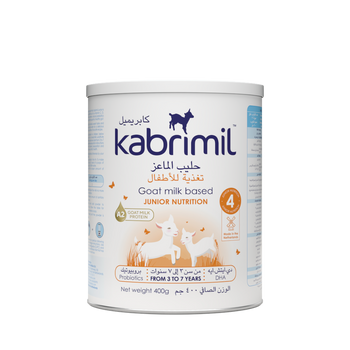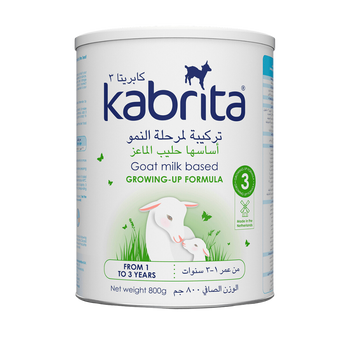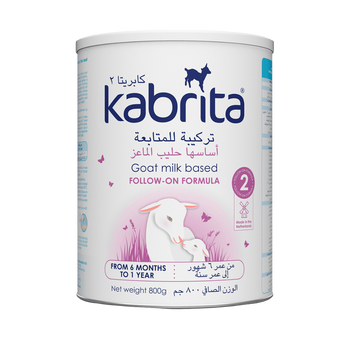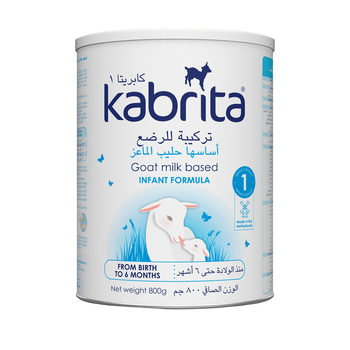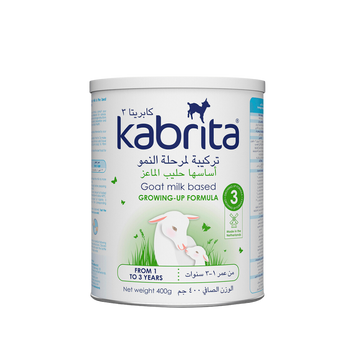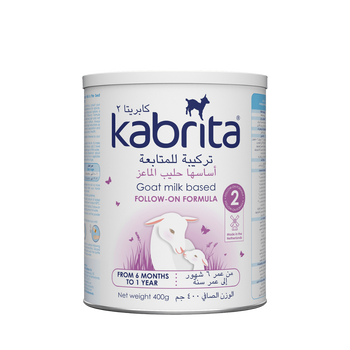How to Master the Weaning Process

Weaning your baby can be a slow process with lots of different things to think about. Whether it prompts your baby to continue eating milk or solid food, weaning can be a stressful time and can raise a lot of questions. Our lead clinical dietician, Yvonne Bishop-Weston, who specializes in infant feeding, gives her top tips for making the process as smooth as possible.
Lead by Example
Set a great example from as early as possible by sitting at the table for meals and showing your child that you enjoy a variety of healthy foods. The idea is that they will internalize this behavior and follow your example when they are able to.
Introduce Foods First
When your baby is six months old, start introducing foods, for many, this starts with something bland in taste, texture, and ease of digestion. Many parents choose baby rice, quinoa or baby-friendly cereals mixed with breast milk or infant formula.
First Taste and Milk Still Play a Major Nutritional Role
When planning to wean your baby, remember that all foods are new and exciting for them, so don't feel a rush to put together the kind of variety you want yourself, foods should not contain salt or sugar and may taste bland to you but not to your baby. Some children will eat whatever food is offered to them, while others will be more particular, so think about what flavors to start with.
It may take some time before the nutrition in the food your child eats becomes the main reason for eating. At first, milk is still the most important source of nutrients and fluids and it can take until the end of the first year for babies to get more calories from their food than from their milk. Breastfeeding through the weaning process is still best for babies, but if it's time to introduce your baby to formula, there are now a number of options. A goat's milk formula may be easier to digest than cow's milk, and it's now approved for use in the UK. When looking for a formula, look for one that contains omega-3 fats for baby's brain development as well as the recommended level of vitamins and minerals, such as kabrita goat milk formula.
Spoon Time!
Between nine and 12 months, the amount and variety of foods your baby eats will really start to grow. Ideally, each meal should include:
- Starchy carbohydrates such as oats, rice, sweet potatoes, pasta or bread
- Protein-rich foods, such as beans, lentils, tofu, low-mercury fish, organ meats, and free-range eggs
- A fatty ingredient, such as olive oil, nuts, and seeds
- Vegetables and fruits, preferably in different colors including green, red and orange
Enjoy
Weaning is a fun time, albeit a little messy at times, but sit back, smile and watch your little one develop and grow
Allergy weaning table
|
The age of the child in months |
Foods to try |
|
7 months |
Low gluten grains, start with oats and move on to rye and barley |
|
8 months |
- Yogurt, pasteurized cheese and dairy milk cooked in foods |
|
9 months |
White fish |
|
10 months |
Oily fish such as mackerel, salmon, sardines, and sardines remove the bones |
|
12 months |
Nuts, seeds, and nut butters (expect peanuts and peanut butter) |
|
12 months plus |
- oysters |
